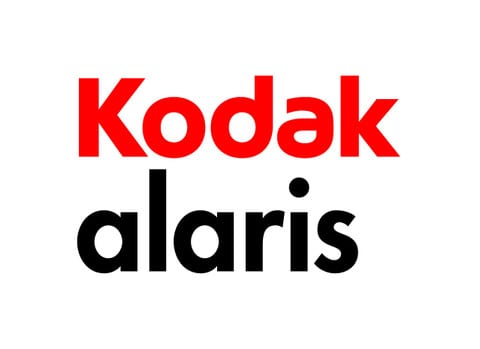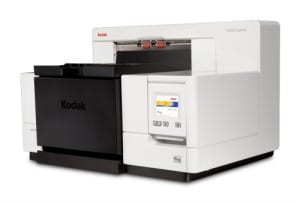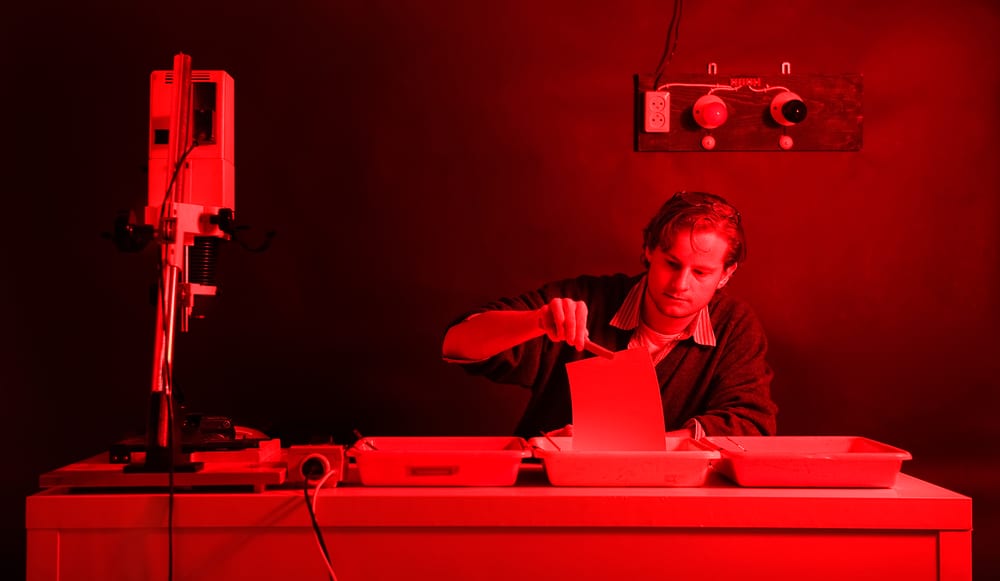The 21st century has been a tumultuous time for the photography industry. With film giving way to digital cameras that have then been crammed into seemingly every mobile device, many once-booming companies are falling by the wayside. For the iconic Eastman Kodak, these industry changes culminated in a 2012 bankruptcy filing and the creation of Kodak Alaris, a separate business for document and personalized imaging services. Its personalized imaging business includes the photo printing kiosks common at retail locations like Target, CVS and grocery stores around the country.
The compa ny’s new self-service printing machines are high-tech and geared toward making it as easy as possible for people to upload and print photos, whether they reside on a phone, a tablet or a user’s Facebook account. Gary Jewett is one of Kodak Alaris’ customer experience specialists tasked with keeping the kiosks stocked and working. The 30-year field service veteran spoke with Field Service Digital about how his role at Kodak Alaris is changing to include customer service and marketing — and about new technology investments intended to help employees in the field keep pace with mobile-minded consumers.
ny’s new self-service printing machines are high-tech and geared toward making it as easy as possible for people to upload and print photos, whether they reside on a phone, a tablet or a user’s Facebook account. Gary Jewett is one of Kodak Alaris’ customer experience specialists tasked with keeping the kiosks stocked and working. The 30-year field service veteran spoke with Field Service Digital about how his role at Kodak Alaris is changing to include customer service and marketing — and about new technology investments intended to help employees in the field keep pace with mobile-minded consumers.
Your title recently changed from “field service engineer” to “customer experience specialist.” What does that indicate about different needs in the field?
Gary Jewett: The new title encompasses more than just the break/fix work that people associate with field service. Technicians’ roles have evolved to include more marketing duties, such as making sure advertising is out, media is stocked at the proper levels and that software is updated with current content. It’s more of a holistic approach to field service.
Take, for instance, wet labs and dry labs. Wet labs are the traditional photo-processing labs that develop film with chemistry. Dry labs use thermal printers with a dye sublimation process. With the dry labs we have a different customer participation than we have with wet labs. As a result, we do a lot more preventative maintenance with customers while we’re on-site. This includes checking the CD drives, card readers and printing supply levels, and making sure the equipment works properly.
What kind of skills are needed for your expanded role?
 This new vision requires greater communication with the store directors, for one. We also work much closer with our account managers. Instead of sending our manager an email that he forwards to his manager, we speak directly with the person responsible for the account. Our managers are also taking on more of a “coach” approach to the business, empowering us to deal with situations in real time.
This new vision requires greater communication with the store directors, for one. We also work much closer with our account managers. Instead of sending our manager an email that he forwards to his manager, we speak directly with the person responsible for the account. Our managers are also taking on more of a “coach” approach to the business, empowering us to deal with situations in real time.
Are you using any new technologies to get the job done?
My toolkit consists of the normal tools, such as a multimeter, a Maglite and Allen wrenches, but we do use several technologies to help us fix the machines. One is called KARS [Kodak Advanced Remote Service], which allows us to look at a machine remotely and determine if the problem requires a visit. Remote diagnostics isn’t new, but it’s at the forefront now because of the Internet of Things. We’ve realized that customers often don’t have the time to properly service or maintain the machines. These diagnostics tools give us information to determine the course of action, and to see if the machines are working properly before we go to a customer location. We’re also rolling out a service management platform called ServiceMax. These technologies will give us the necessary latitude to meet and exceed customer expectations. Apple’s FaceTime application, for example, will make it easier for one-on-one conference calls.


Share this: